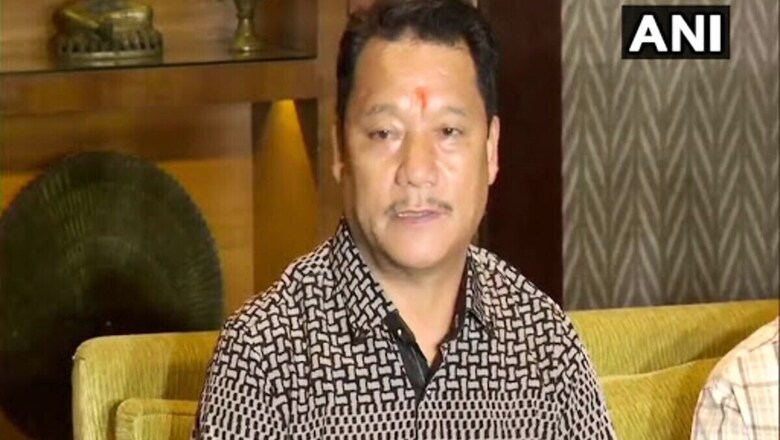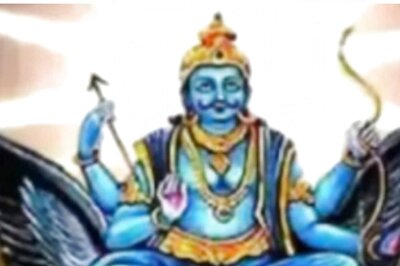
views
Among many meetings over the years, my July 17, 2011, rendezvous with Gorkha Janmukti Morcha (GJM) leader Bimal Gurung at his house in Pathlevas area, about 6 kilometres from West Bengal’s Darjeeling town, was a particularly memorable one. That is because a day later chief minister Mamata Banerjee in a landmark decision gifted the Gorkhaland Territorial Administration (GTA) to the people of the Hills. The agreement was signed by KK Pathak, joint secretary from the ministry of home affairs, state home secretary GD Gautama, and GJM general secretary Roshan Giri.
The previous day, Gurung, wearing a blue t-shirt, while looking at the clear sky from his bedroom, had said, “I want my people to smile all the time and I am committed to ensuring their happiness through Gorkhaland.”
Sitting beside him was his most trusted man, Giri. It was a get-together with a select few to celebrate Gurung’s birthday.
Handing over a copy of Rabindranath Tagore’s ‘Gitanjali’, I told him that it talks about failures, shame, good and bad, and Bimal happily accepted the book, asking, “Don’t you think there should be a separate state of Gorkhaland?”
Since then, a lot has changed including the nature of Hill politics.
Absconding for three years, Gurung’s announcement last year to support Mamata and his decision to break ties with the BJP ahead of the April-May 2021 Bengal polls, won by the Trinamool Congress, sent shockwaves through the hills.
The demand for Gorkhaland began in the 1980s when the people of the Hills alleged that they were deprived of basic amenities. With no proper schools, employment, electricity, healthcare units, water, sanitation, etc, a platform for agitation was formed and it slowly gained momentum for a separate state.
Thursday was another significant day in the region after Binoy Tamang, who leads a GJM faction and was backed by Mamata when Bimal Gurung was supporting the BJP, resigned, citing two consecutive losses of the TMC in the Hills.
This means Bimal Gurung is once again at the helm of Hill politics, as there is no faction left to challenge him, except the BJP. This will also help him consolidate the Gorkha votes once again in favour of Mamata Banerjee in the upcoming civic body polls and the crucial 2024 Lok Sabha elections.
Tamang wrote in his resignation letter that he was taking moral responsibility after losing two consecutive elections in 2019 and 2021. He said most of the party functionaries were not serious in organisational matters and were playing a double game, due to which the party and ally TMC failed to get the desired results.
Gurung was on the run since 2017 following an agitation for statehood in Darjeeling. He had said before the assembly polls, “We supported the BJP for 12 years but nothing happened to our demand despite their assurances of fulfilling our promise. Today I would like to announce that I am going to support Mamata Banerjee in the upcoming 2021 assembly polls. I am not supporting the NDA anymore.”
However, Bimal’s return did not benefit the TMC much as the BJP won all the seats in the Hills. Many felt that this happened because of the rift among the members of the GJM’s Bimal Gurung and Binoy Tamang factions.
The bonhomie between Mamata and Bimal Gurung suffered a major setback after the GJM leader came out in support of the BJP and revolted against Mamata after she reconstituted the Gorkhaland Territorial Administration (GTA) and appointed Tamang as its chairperson on September 20, 2017.
The demand for Gorkhaland has been simmering for decades with various groups asking that the hill regions around Darjeeling be carved out of West Bengal as a separate state.
Now with the resignation of Tamang, Bimal Gurung has once again become the biggest political face in the Hills. It would be interesting to watch his ascent, or descent, from here on.
Read all the Latest News, Breaking News and Coronavirus News here.




















Comments
0 comment